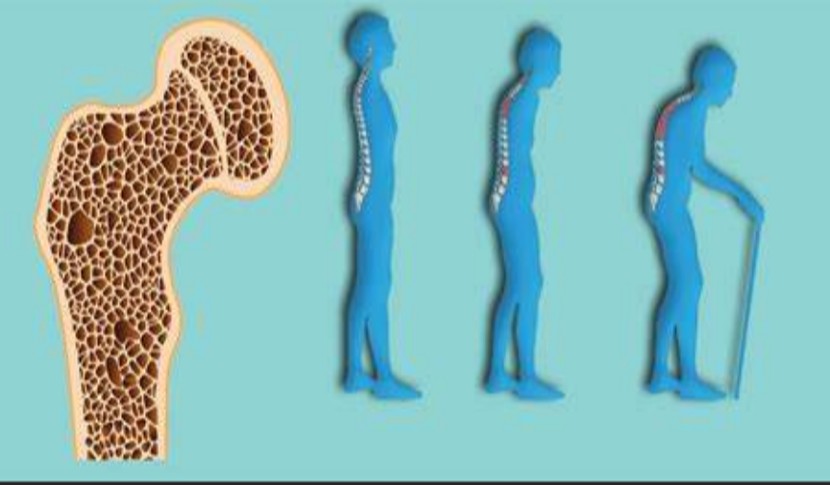Osteoporosis, a prevalent skeletal disorder characterized by weakened bones and increased fracture risk, poses a significant public health concern worldwide. With an aging population, understanding the underlying mechanisms of this condition and developing effective therapeutic interventions becomes imperative. Mouse models have emerged as invaluable tools in osteoporosis research, offering insights into disease pathology, identification of potential targets, and evaluation of novel treatment strategies. In this article, we delve into the significance of mouse models in unraveling the complexities of osteoporosis and their contributions to advancing our understanding of this debilitating condition.
The Power of Mouse Models
Mouse models have played a pivotal role in elucidating the fundamental cellular and molecular mechanisms underlying osteoporosis. Due to their striking genetic and physiological similarities to humans, mice provide an excellent platform to study bone biology and pathophysiology. Researchers have utilized various genetically modified mouse strains to mimic specific aspects of human osteoporosis, such as postmenopausal osteoporosis or age-related bone loss. By manipulating specific genes or hormones, these models offer valuable insights into the development and progression of osteoporosis.
Modeling Postmenopausal Osteoporosis
Postmenopausal osteoporosis, resulting from estrogen deficiency, is the most common form of osteoporosis. Mouse models, particularly ovariectomized mice (removal of ovaries to mimic menopause), have been instrumental in studying the impact of estrogen loss on bone health. These models recapitulate the bone loss observed in postmenopausal women, providing an opportunity to investigate potential therapeutic interventions. Researchers have used ovariectomized mouse models to evaluate the efficacy of hormone replacement therapies, bisphosphonates, and other anti-resorptive agents, leading to the development of novel treatments for postmenopausal osteoporosis.
Genetically Engineered Models
Genetically engineered mouse models have revolutionized osteoporosis research by allowing scientists to investigate specific genes and signaling pathways involved in bone metabolism. By selectively deleting or overexpressing genes involved in bone remodeling, researchers can simulate the molecular abnormalities associated with osteoporosis. These models have provided valuable insights into the role of key regulators, such as the Wnt/β-catenin and RANKL/OPG pathways, in bone formation and resorption. The discoveries made using these models have led to the development of potential therapeutic targets and the identification of novel drugs to combat osteoporosis.
Age-Related Bone Loss
Osteoporosis is strongly associated with aging, as bone mass naturally declines with advancing age. Mouse models have been instrumental in studying age-related bone loss and uncovering the mechanisms contributing to this process. By utilizing aged mice, researchers can investigate changes in bone microarchitecture, altered cellular activity, and impaired bone remodeling associated with aging. These models have helped elucidate the role of oxidative stress, chronic inflammation, and the decline of regenerative capacity in age-related bone loss. Such insights are vital for developing interventions to mitigate bone loss in the elderly and improve overall bone health.
Beyond Skeletal Research
Mouse models not only provide valuable insights into the mechanisms underlying osteoporosis but also serve as indispensable tools in preclinical drug development and therapeutic testing. The ability to mimic human osteoporosis in mice enables researchers to evaluate the safety and efficacy of potential treatments before progressing to human clinical trials. These models also facilitate the exploration of new therapeutic targets, the development of innovative drug delivery systems, and the assessment of drug combinations for enhanced efficacy. The translational potential of mouse models in osteoporosis research is invaluable for accelerating the discovery of novel treatments and reducing the time and costs associated with clinical trials.
Conclusion
Mouse models have revolutionized our understanding of osteoporosis, shedding light on its intricate mechanisms and aiding in the development of effective therapeutic strategies. From modeling postmenopausal bone loss to uncovering age-related changes, these models have played a crucial role in advancing our knowledge of this debilitating condition. Through their genetic similarity and physiological relevance, mouse models continue to guide researchers toward novel therapeutic targets, leading to improved treatments for osteoporosis. As research progresses, these models will undoubtedly remain essential tools in the ongoing fight against fragile bones and their associated consequences.




